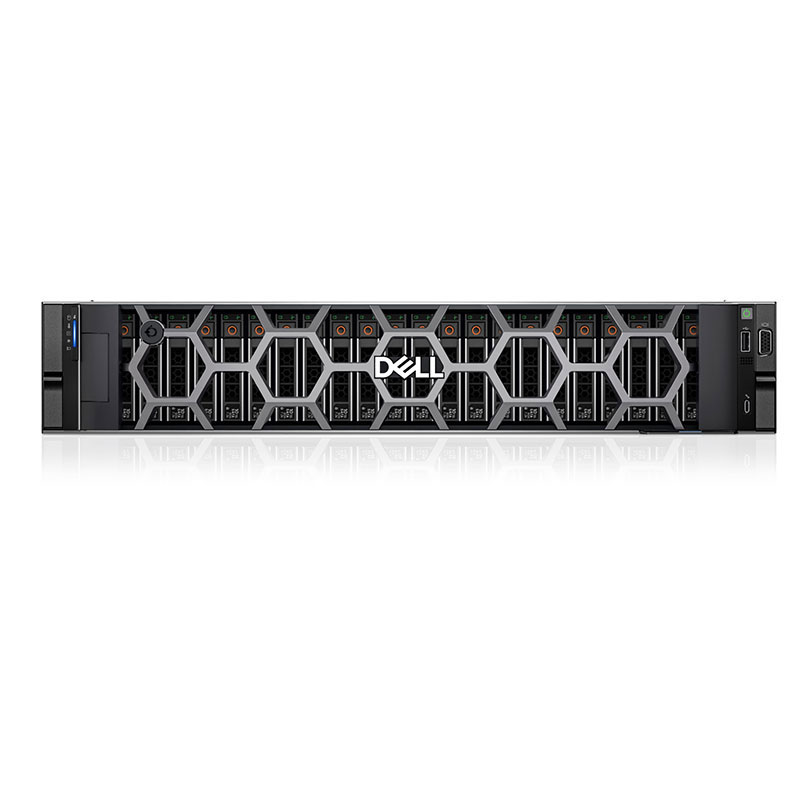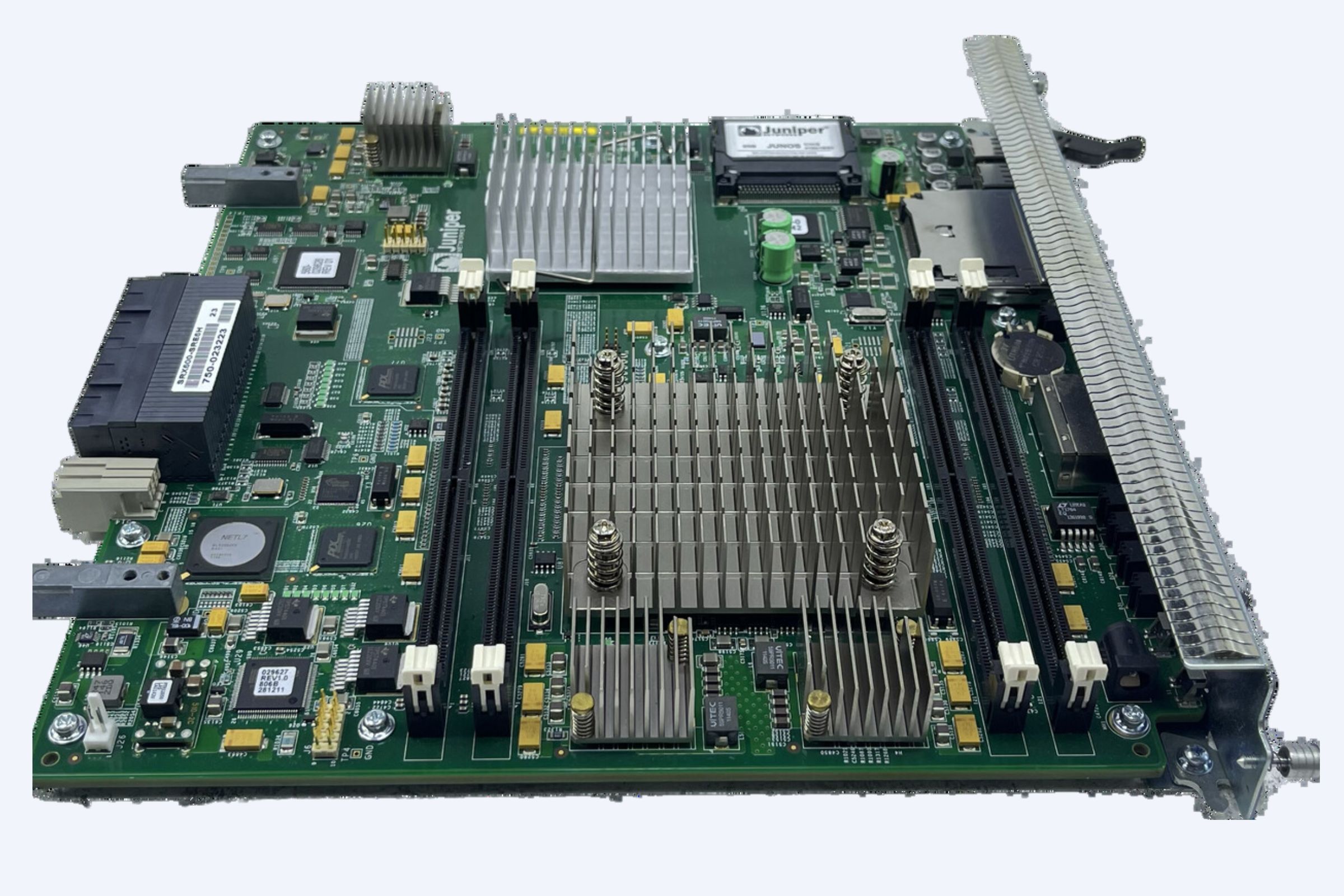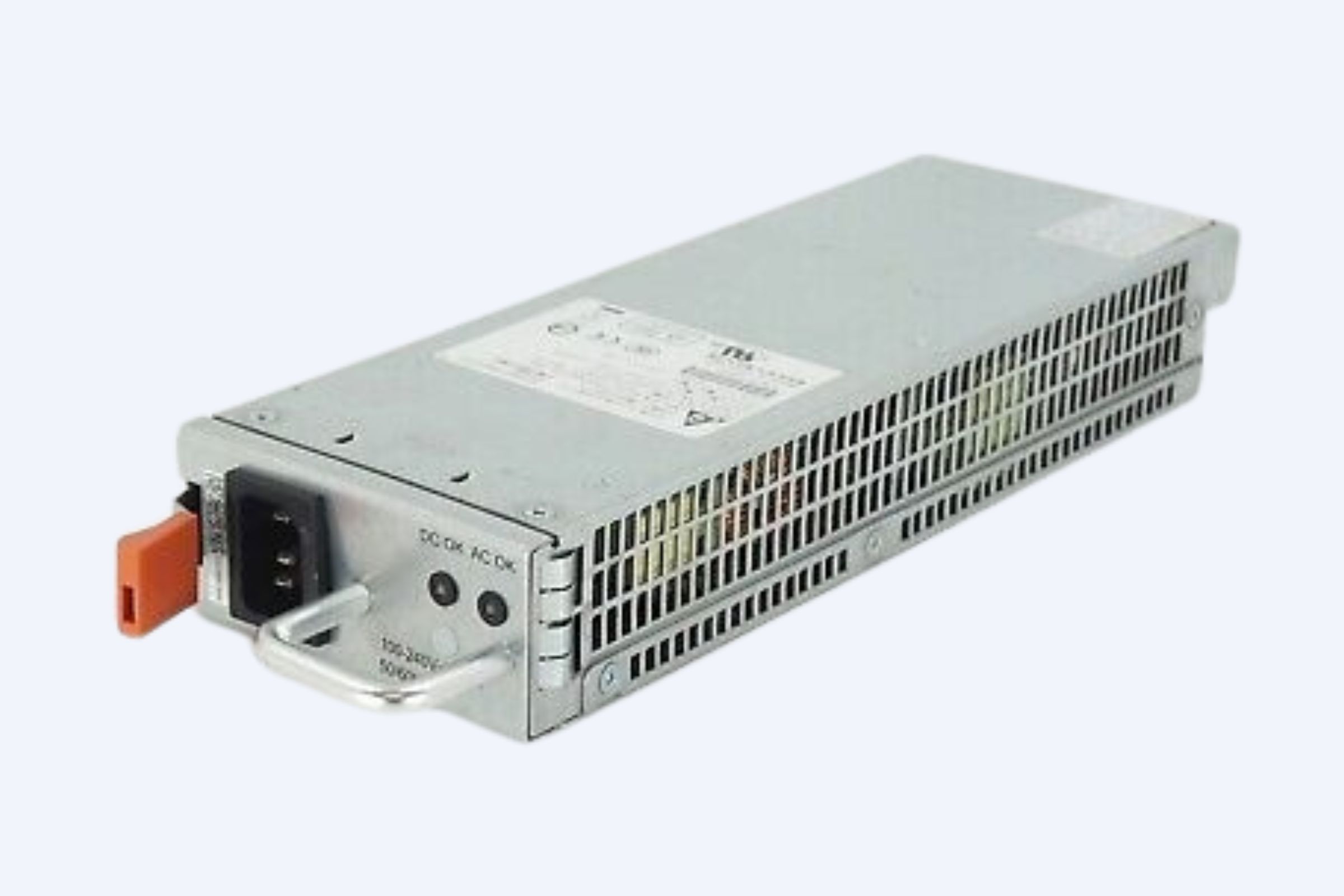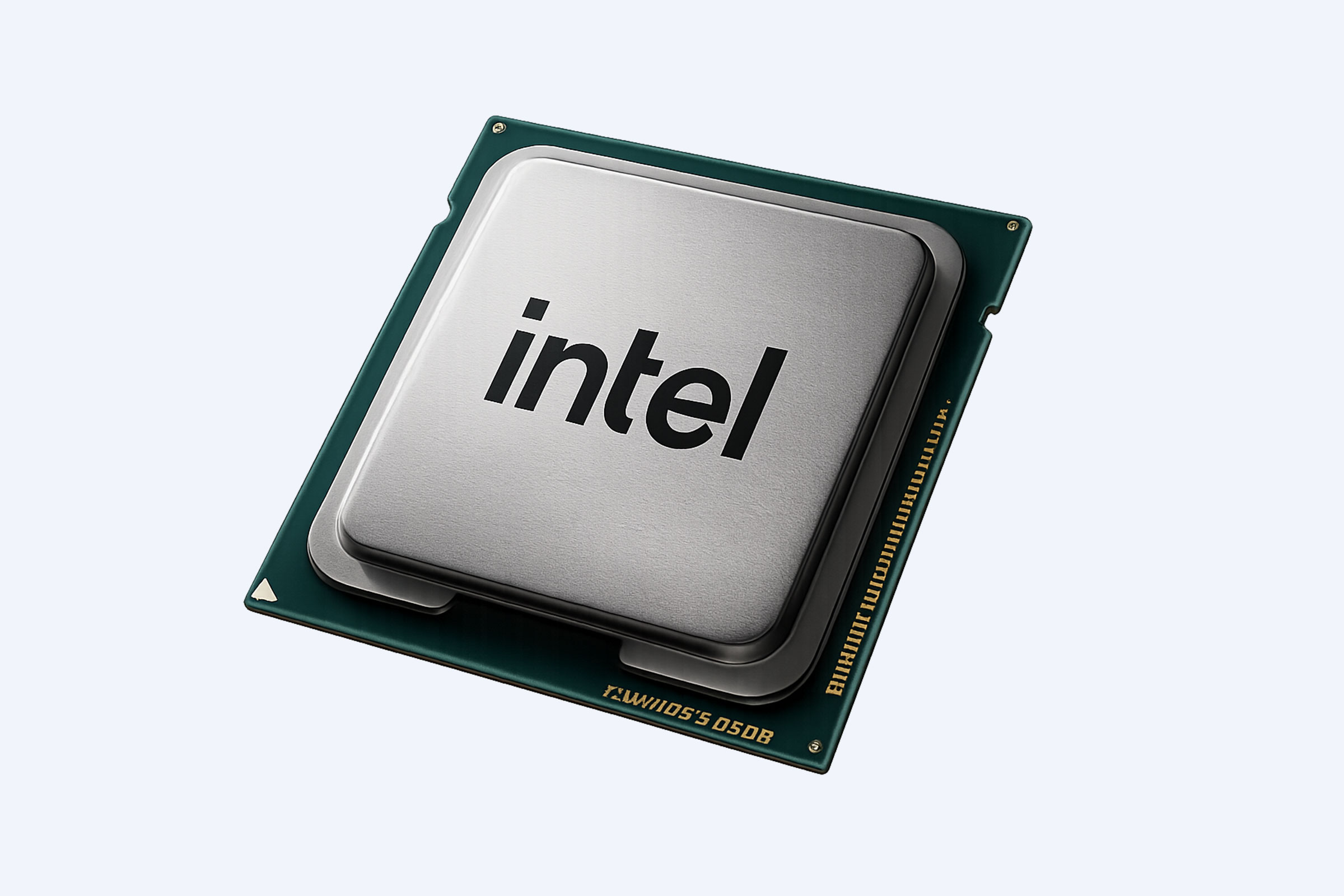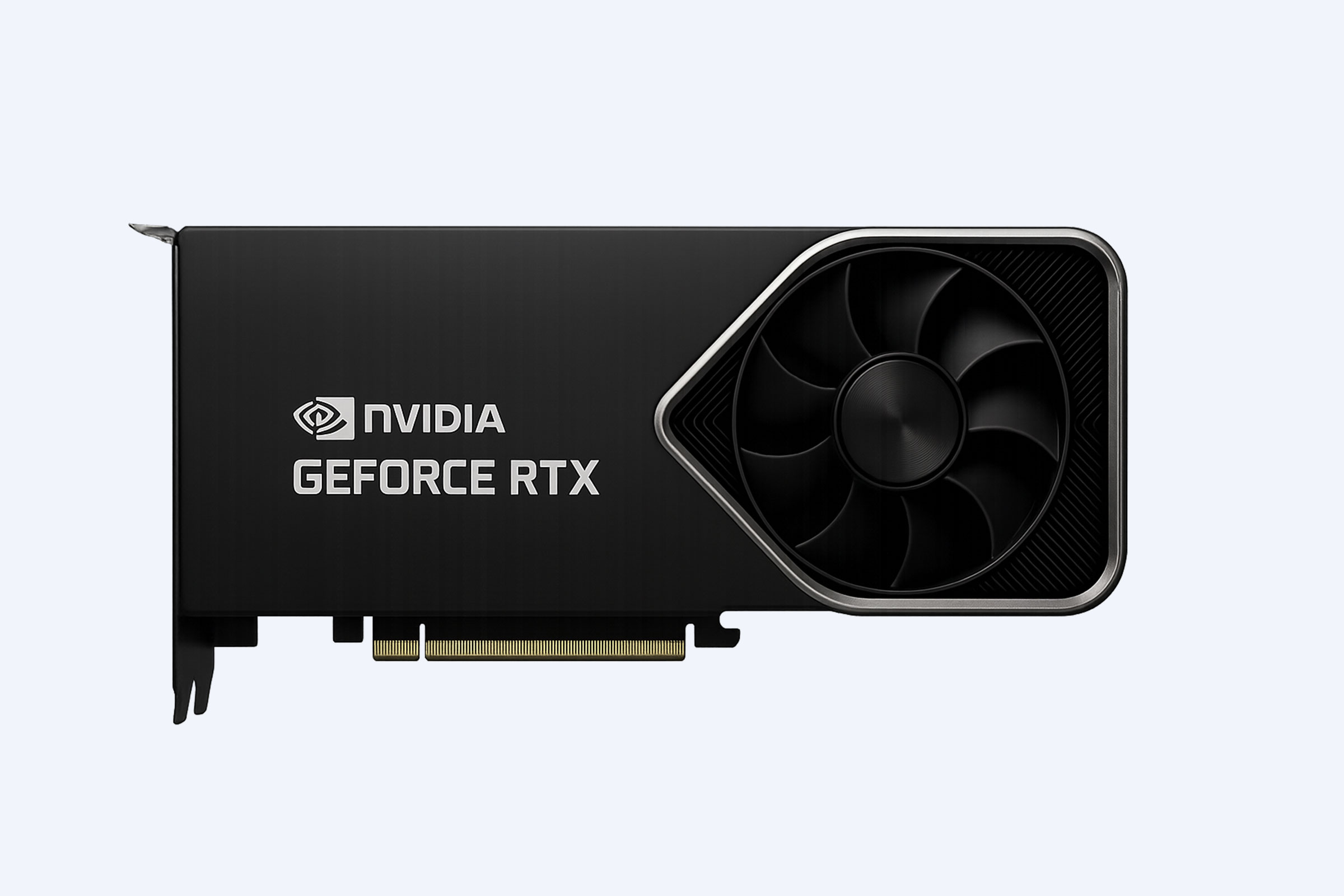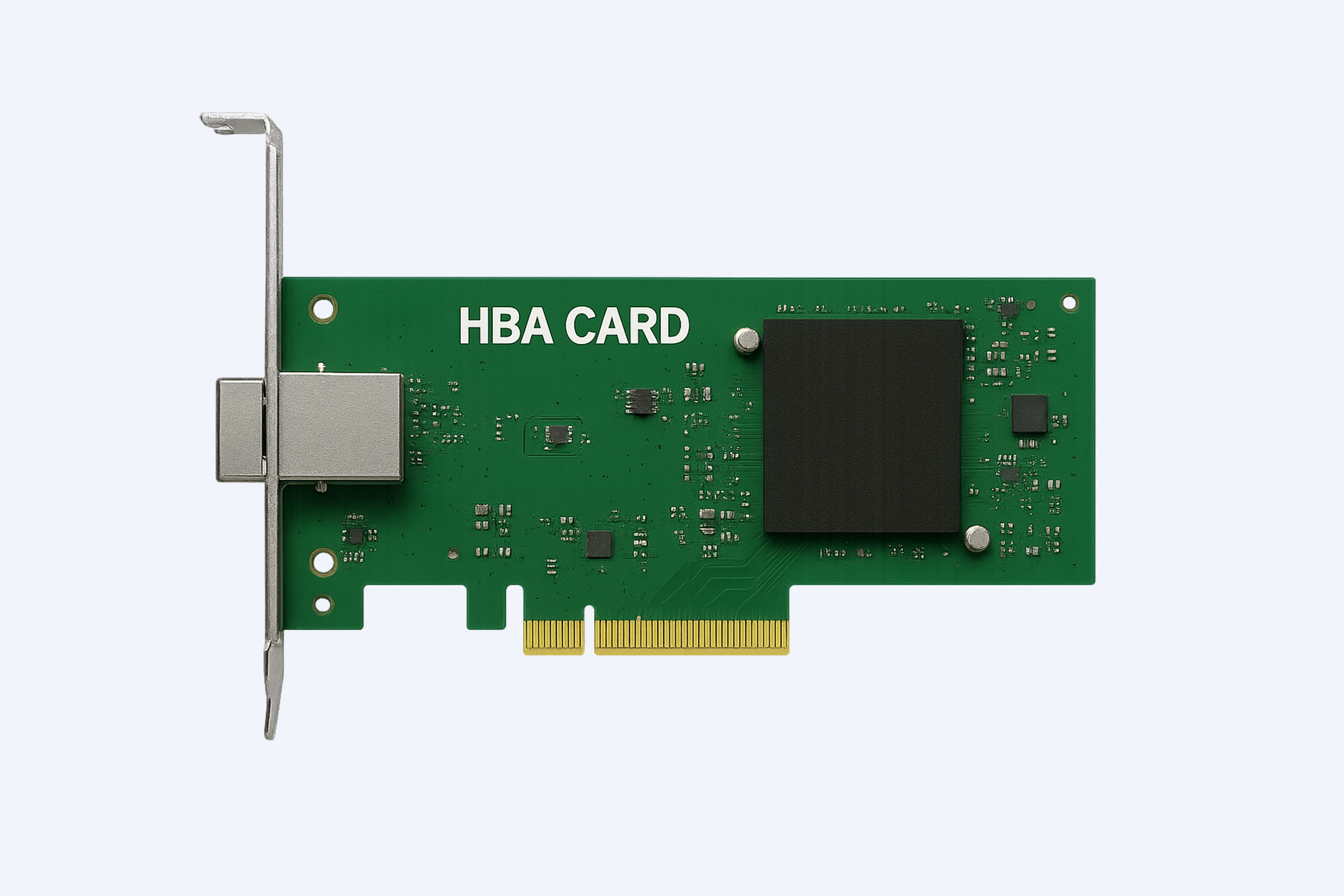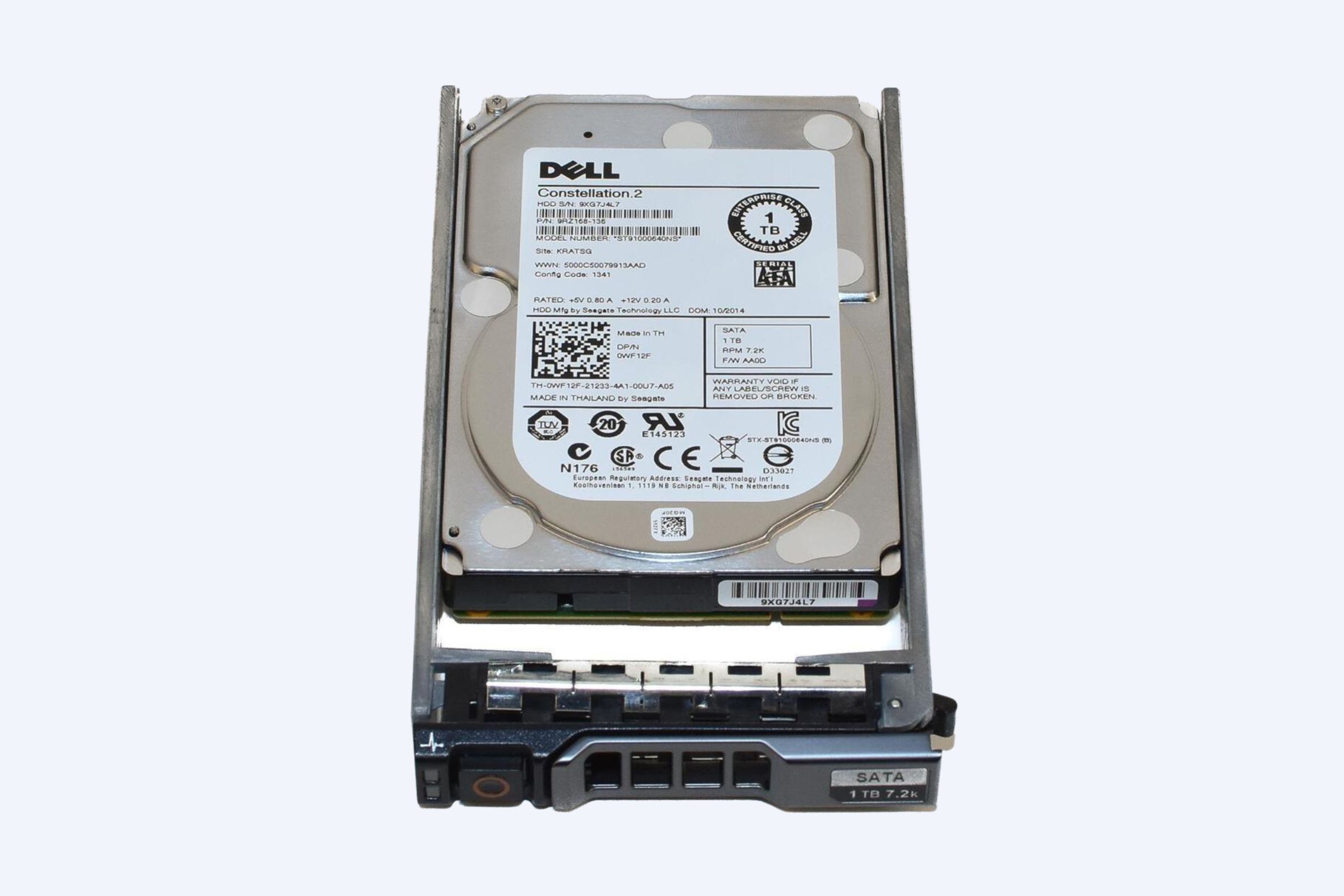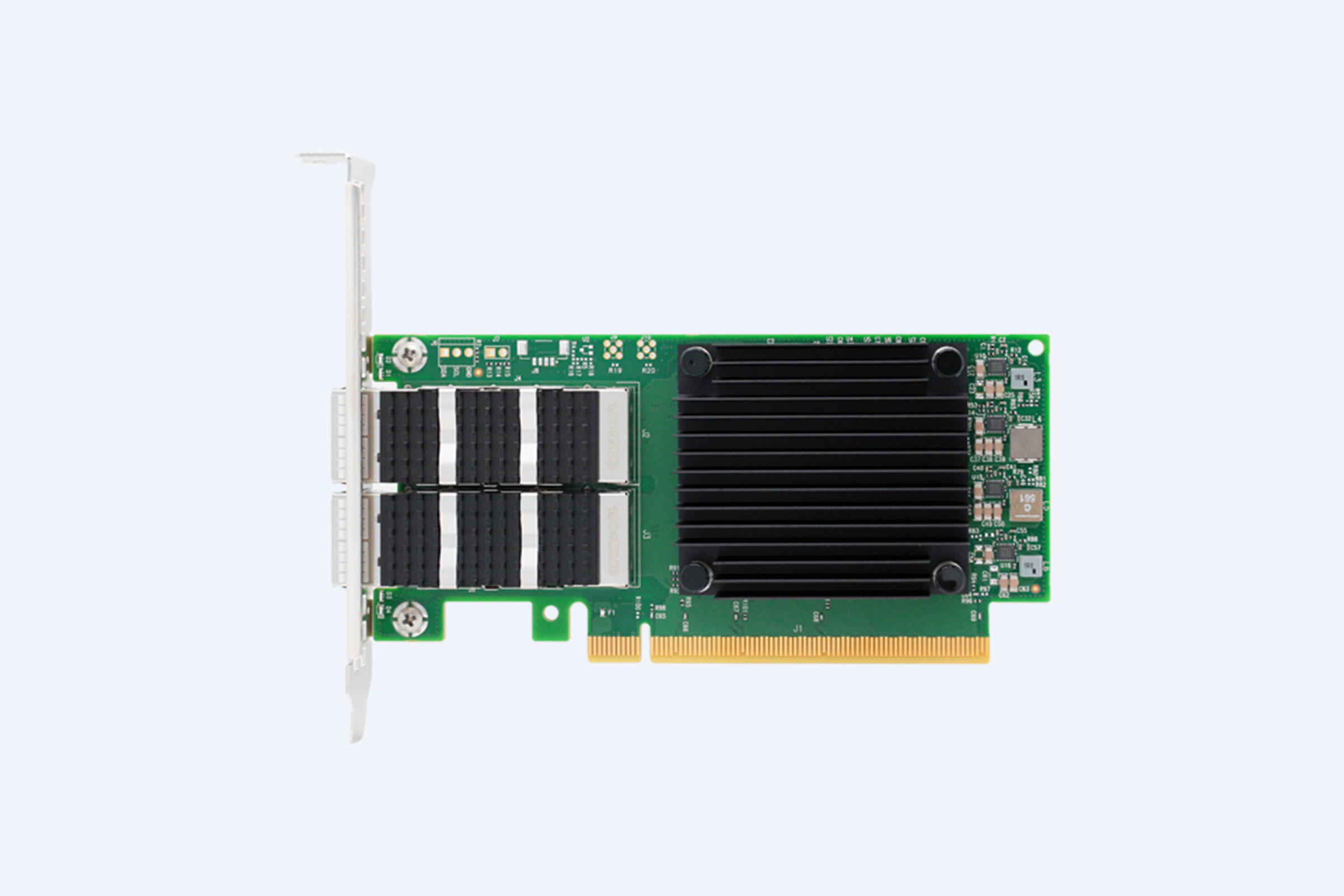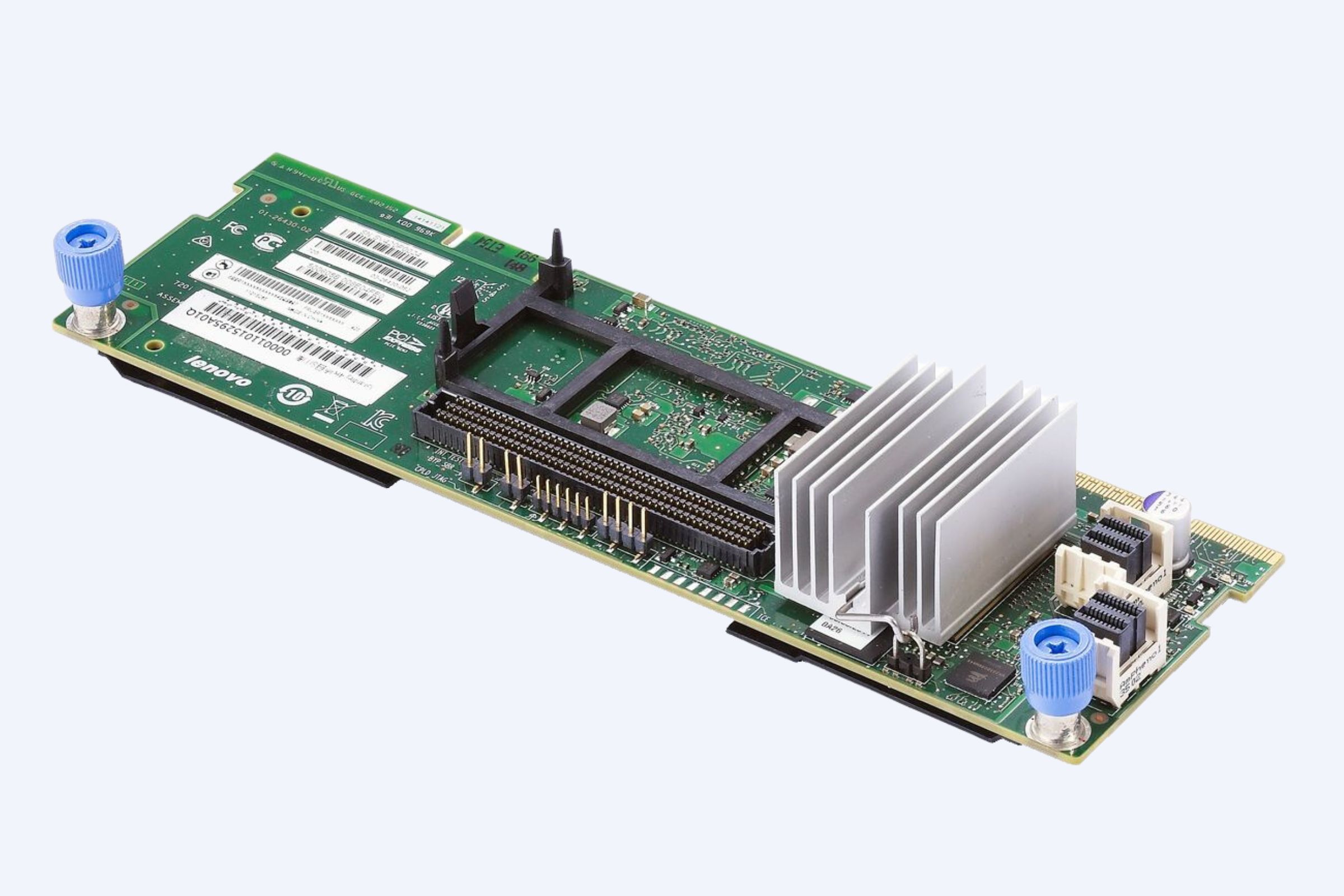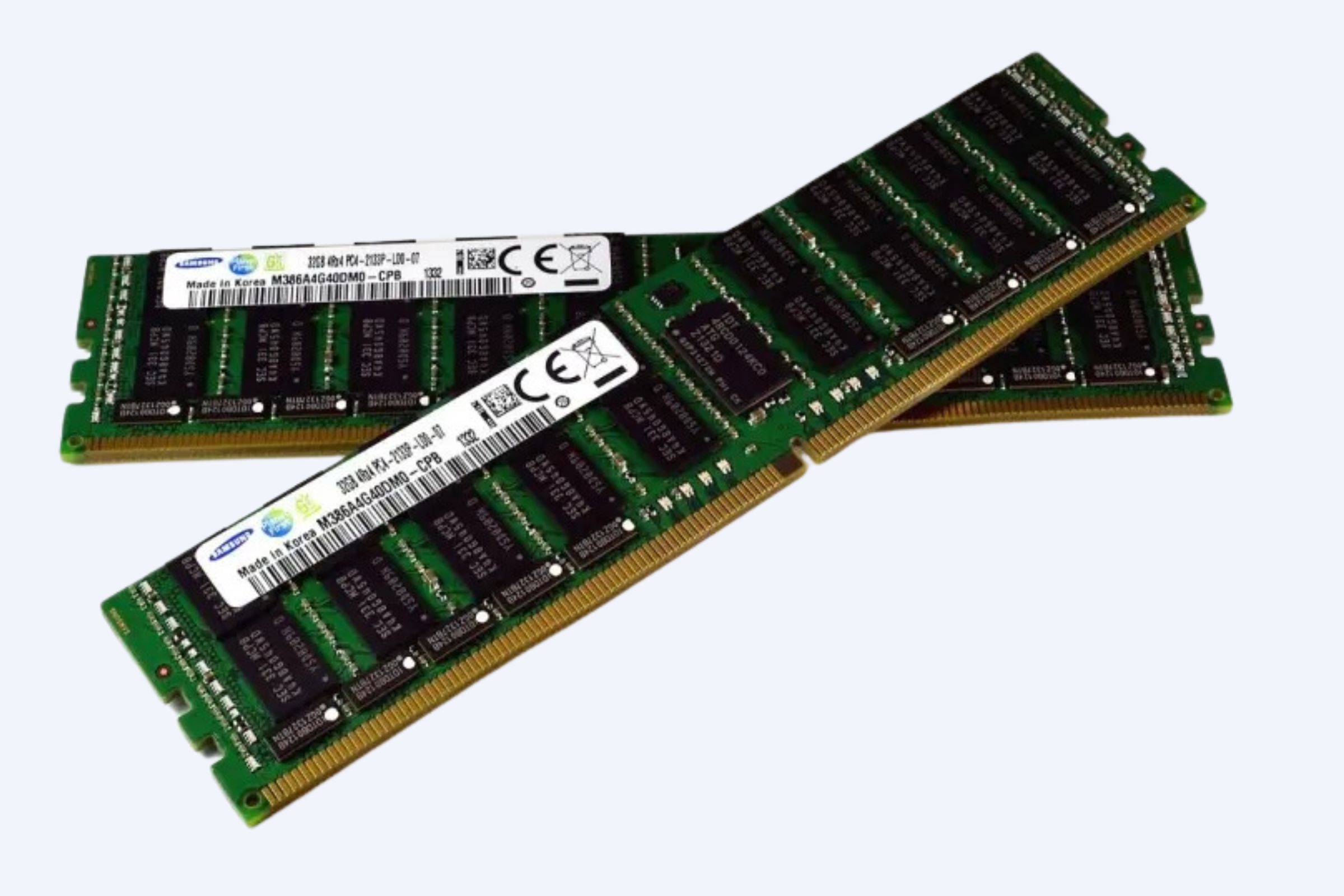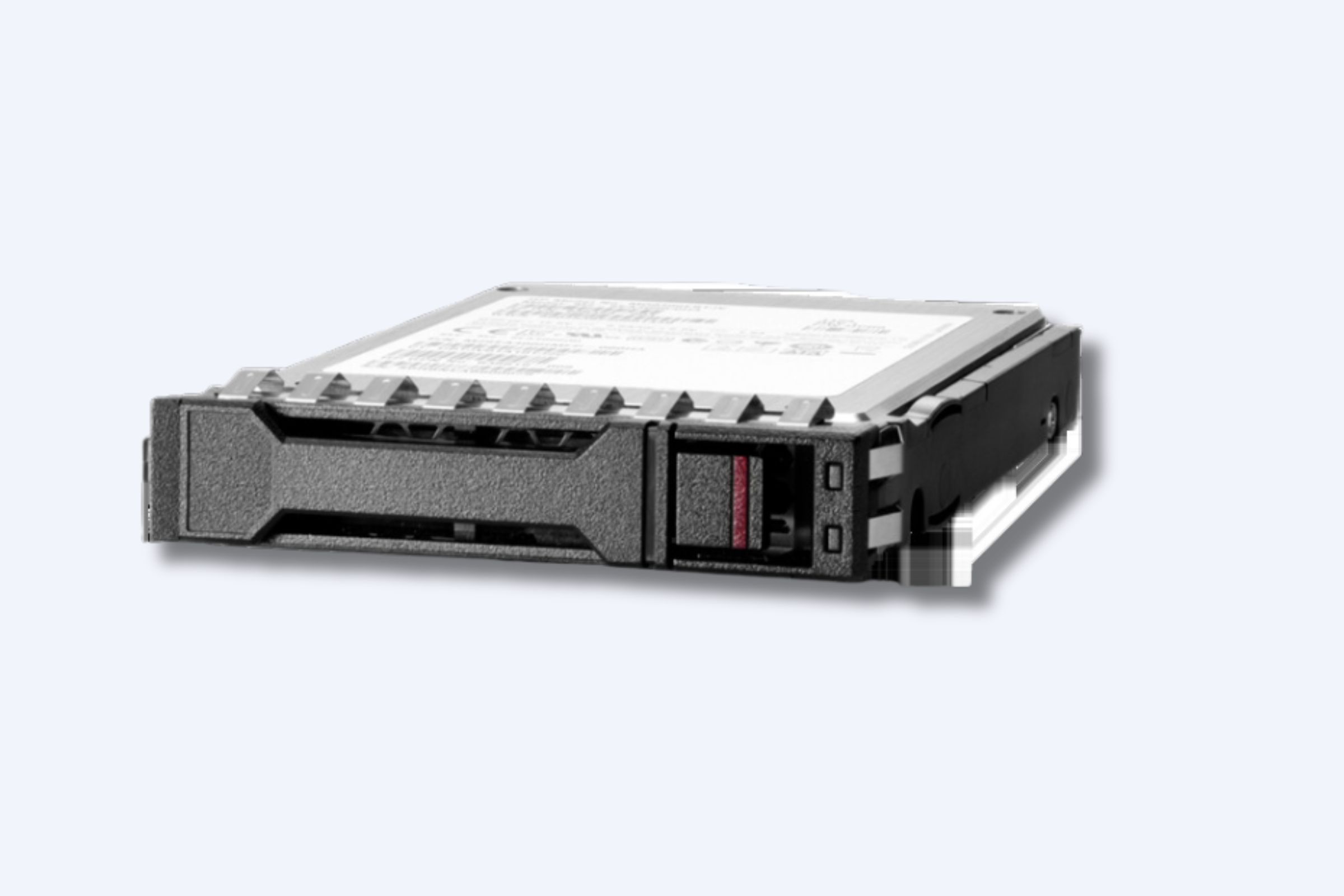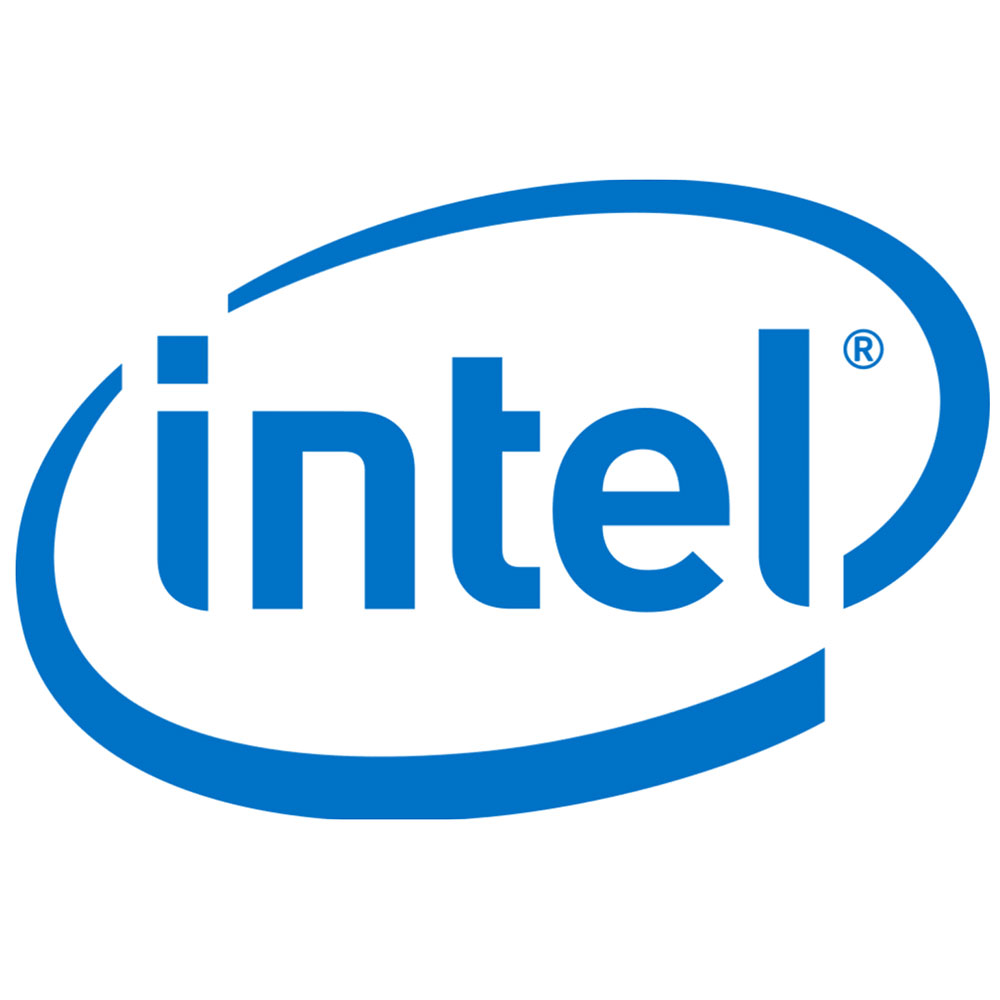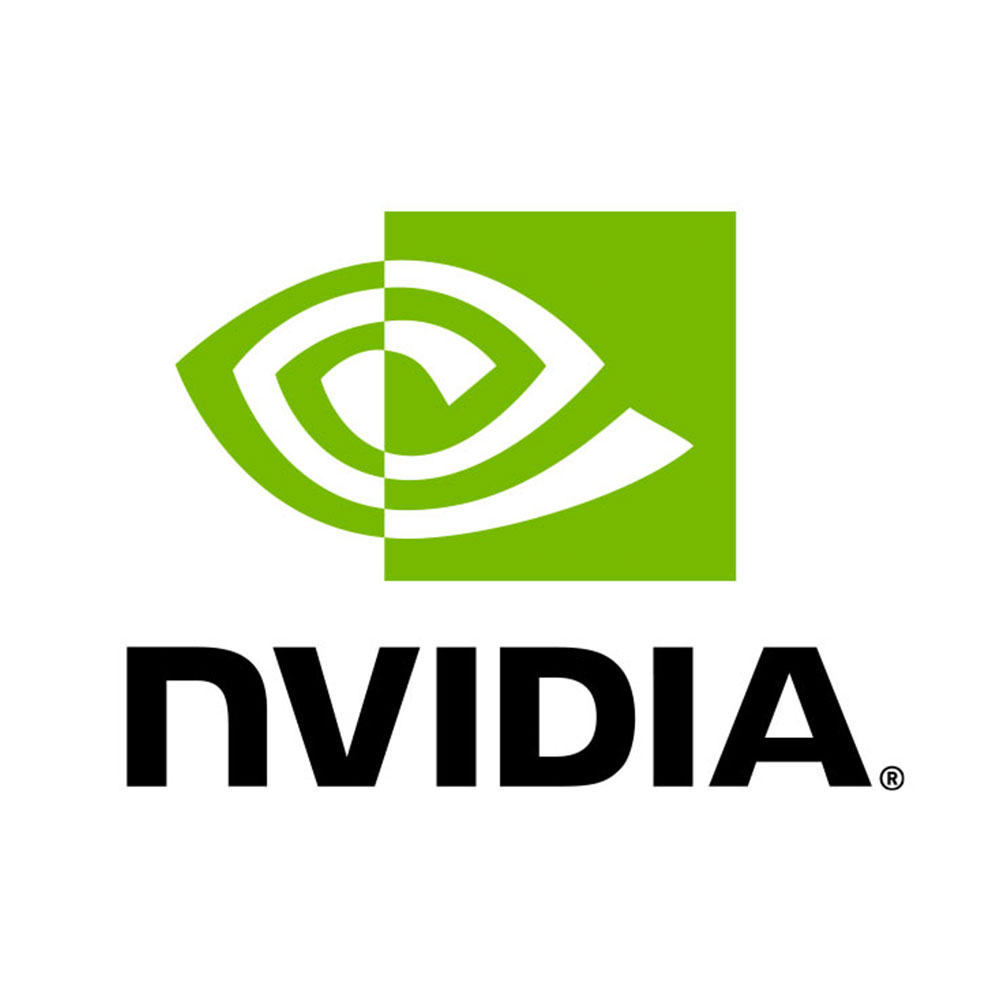The RTX A2000 is a powerful, energy-efficient professional GPU from NVIDIA, delivering advanced ray tracing, AI acceleration, and high-performance graphics in a compact form. For B2B manufacturers, wholesalers, and suppliers based in China, it represents an optimal balance of performance, reliability, and cost-effectiveness in enterprise-class IT solutions.
How Does the RTX A2000’s Architecture Benefit Manufacturers and OEMs?
The RTX A2000 is built on NVIDIA’s Ampere architecture, featuring 3,328 CUDA cores, 104 third-generation Tensor cores, and 26 second-generation RT cores. This architecture allows for optimal parallel computation, AI processing, and real-time ray tracing—ideal for professional workstations. Its compact, low-profile design supports a 70W power envelope, simplifying integration into OEM systems without demanding additional power connectors. Chinese manufacturers benefit from this highly efficient platform to build cost-effective, high-performing devices, streamlining OEM production with advanced GPU technology.
What Are the Key Specifications That Appeal to Wholesale Suppliers and Factories?
The RTX A2000 comes with 6GB or 12GB of GDDR6 memory with ECC (error-correcting code) support, ensuring data integrity and error-free computing. It operates over a 192-bit memory interface with bandwidth up to 288 GB/s. The card uses PCIe 4.0 x16 for system interface, supporting up to four 4K displays at 120 Hz or two 8K displays at 60 Hz, which is vital for multi-monitor workstations. Wholesale suppliers in China capitalize on these specifications to offer versatile GPU solutions for various professional applications including CAD, 3D rendering, and AI workloads.
Which Industries Can Maximize the Use of the RTX A2000 in China?
Industries such as architectural design, video production, AI research, VR development, and data science benefit significantly from the RTX A2000’s capabilities. Its ray tracing and AI-accelerated compute make it popular in media and entertainment sectors, while its compact size aligns well with small form factor workstations prevalent in enterprise environments. Chinese factories supplying this GPU cater to global OEMs demanding hardware that combines power and efficiency for professional computing.
Why Is the RTX A2000 Ideal for B2B Factories and Suppliers Targeting Professional Workstations?
With a power consumption of only 70 watts and a compact dual-slot low-profile form factor, the RTX A2000 fits well in small workstation designs which are in demand worldwide. Its active cooling solution enhances thermal management without bulk, making it easy for factories to integrate into varied server and workstation builds. For China-based OEMs and wholesale suppliers, this means simplified assembly processes, reduced production costs, and a strong selling point to international clients seeking durable, high-performance GPUs.
How Do China-Based Suppliers Like Wecent Add Value in the RTX A2000 Market?
Wecent Technology leverages its 8+ years of experience and strategic Shenzhen location to supply authentic, certificated RTX A2000 GPUs at competitive prices. By partnering with globally recognized IT brands and offering OEM customization, Wecent ensures products meet stringent standards like CE, FCC, and RoHS. Their one-stop B2B service platform strengthens supply chains for buyers looking for reliability, expert guidance, and tailored IT solutions involving the RTX A2000.
Where Can Buyers Find Competitive Wholesale Pricing and Reliable RTX A2000 Supply?
China’s burgeoning manufacturing hubs, especially in Guangdong and Shenzhen, offer competitive pricing through factories and wholesalers specializing in NVIDIA GPUs, including the RTX A2000. Companies like Wecent are trusted for their certified products, adherence to quality standards, and efficient logistics. Wholesale buyers benefit from flexible MOQ options, OEM/ODM services, and established export networks from these factories, ensuring prompt and scalable supply.
Can the RTX A2000 Support Advanced Technologies Like VR and AI?
Absolutely. The RTX A2000 is VR-ready and fully supports technologies such as DLSS (Deep Learning Super Sampling), real-time ray tracing, and AI-accelerated workloads thanks to its high count Tensor and RT cores. This enables professionals to leverage advanced visualization, simulation, and machine learning applications. For B2B manufacturers and enterprises, this GPU unlocks new potentials in both creative and scientific computing realms.
Has Wecent Provided Specialized Support or Customization for RTX A2000 Clients?
Wecent offers OEM customization services designed to help clients tailor RTX A2000 GPU integration within their hardware ecosystems, accommodating unique requirements like firmware tuning or custom form factors. Their professional after-sales and tech support services ensure smooth operation and quick problem resolution, making them a preferred partner among China-based factories and international wholesale buyers.
What Are the Environmental and Compliance Benefits of Sourcing RTX A2000 from Chinese Factories?
Many China-based factories, including Wecent, emphasize compliance with international environmental and quality standards such as RoHS, CE, and FCC certification. This ensures that RTX A2000 products contribute to sustainable practices by minimizing hazardous substances and supporting energy efficiency. For global B2B partners, sourcing from these compliant manufacturers means meeting regulatory requirements while supporting environmental responsibility.
Wecent Expert Views
“Integrating the NVIDIA RTX A2000 into enterprise-grade solutions exemplifies the innovation and quality that Wecent strives to deliver. Our technical team recognizes that beyond raw power, the RTX A2000’s efficiency and adaptability make it a cornerstone for modern workstation builds, especially for OEMs seeking scalable, reliable GPUs. At Wecent, we are committed to ensuring our clients receive cutting-edge technology backed by seamless support, empowering them to lead in their industries with confidence.” — Wecent Technology
RTX A2000 Technical Specifications Overview
| Specification | Details |
|---|---|
| GPU Memory | 6GB or 12GB GDDR6 with ECC |
| CUDA Cores | 3,328 |
| Tensor Cores | 104 (3rd Generation) |
| RT Cores | 26 (2nd Generation) |
| Memory Interface | 192-bit |
| Memory Bandwidth | Up to 288 GB/s |
| Power Consumption | 70 Watts |
| Interface | PCIe 4.0 x16 |
| Form Factor | Low Profile, Dual Slot, 2.7″ H x 6.6″ L |
| Display Outputs | 4x Mini DisplayPort 1.4a |
| Max Resolution Support | 4x 4K @120 Hz, 2x 8K @ 60 Hz |
Conclusion
The NVIDIA RTX A2000 presents a compelling solution for B2B manufacturers, wholesalers, and suppliers in China aiming to deliver professional-grade workstation GPUs. Its combination of Ampere architecture efficiency, compact design, and advanced features like ray tracing and AI acceleration optimizes performance without excessive power demands. Companies like Wecent leverage their manufacturing expertise and strategic location to provide trusted, customizable, and compliant RTX A2000 solutions, empowering clients worldwide to enhance their IT infrastructure with confidence.
Frequently Asked Questions
Q1: What distinguishes the RTX A2000 from consumer-grade GPUs?
The RTX A2000 is designed for professional workloads with ECC memory, optimized drivers, and enhanced ray tracing capabilities, unlike consumer GPUs focused on gaming.
Q2: Can the RTX A2000 be customized for OEM requirements?
Yes, suppliers like Wecent provide OEM customization options including firmware tweaks and tailored configurations.
Q3: Is the RTX A2000 suitable for small form factor workstations?
Absolutely, its low-profile dual-slot design and 70W TDP make it ideal for compact professional workstations.
Q4: What certifications do RTX A2000 suppliers in China typically hold?
Suppliers usually comply with CE, FCC, RoHS and ISO9001 quality standards, ensuring high reliability and safety.
Q5: How does Wecent ensure product quality for the RTX A2000?
Wecent sources from certified brands, performs stringent quality checks, and offers professional support ensuring durable, high-performance GPUs.



